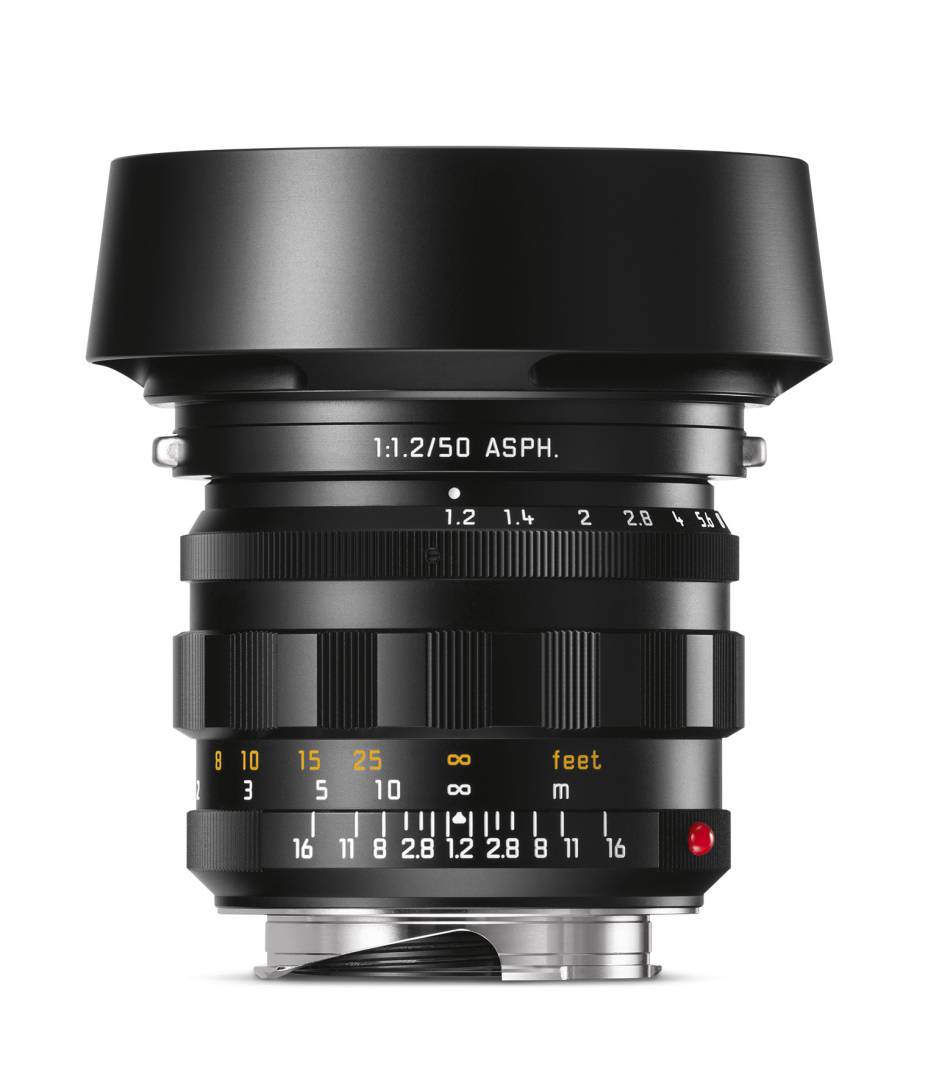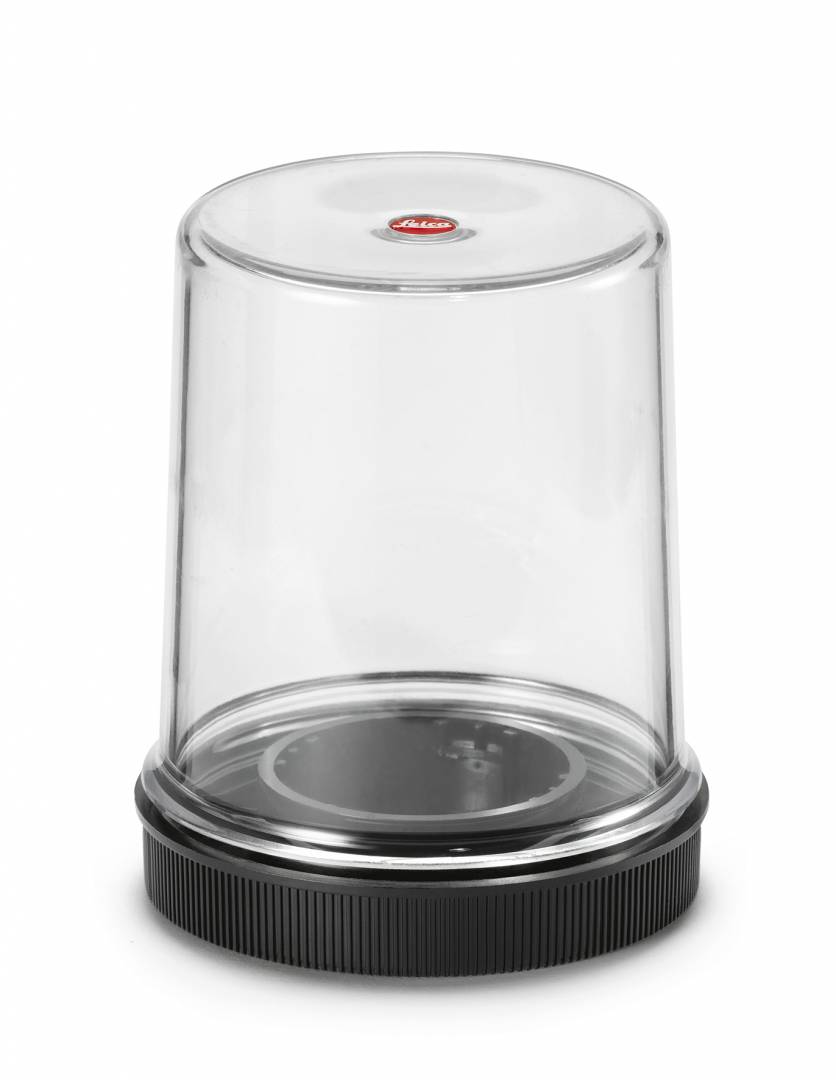The Leica Noctilux range of super-fast optics gets a new member today—the retro 50mm Noctilux-M with two aspherical elements and a wide aperture of f/1.2. It is a modern rendering of the classic Noctilux which was introduced 55 years ago in 1966.

In that year Leica astounded the photographic world with a lens featuring a then-revolutionary maximum aperture of f/1.2. It was the first serially produced lens to feature two aspherical elements, and it was the fastest lens in photography.

The latest f/1.2 faithfully follows the design of the 1966 original 
It comes with a vintage plastic lens keeper
According to Red Dot Photo Books’ Leica Pocket Book, the original Noctilux became famous because of the high price, ascribed image properties, the very elaborate produce technique of the two aspherical surfaces and its scarcity, even during production time. It was discontinued in 1975 in favour of the f/1.1 version, which then gave way to the current f/0.95 design in 2008.

Vintage characteristics
The new f/1.2 is an adaptation of the 1966 original, combining modern optical technology with the original’s retro appearance. The lens becomes the third Noctilux currently on sale, in addition to the 50mm and 75mm f/1.25, although the production run will be limited to just 1,800 units. With an attractive recommended price of £6,500 (at least by Leica standards), there is likely to be strong demand from collectors.
According to Leica, the lens has a similar optical design to the original and will retain the same vintage characteristics, although it remains a very usable lens for everyday shooting.

Leica claims that the reincarnated Noctilux f/1.2 offers a “soft, almost dreamlike quality” and an unmistakable took and exquisite bokeh. It will retain the vintage characteristics of the original.
The packaging is inspired by the original 1960s box and is complemented by the same “goldfish bowl” plastic container that was included with the first f/1.2.

Weighing 408g, the lens is nearly 300g lighter than the current f/0.95 Nocti and 62g less than the original f/1.2.
With production limited to 1,800 for the world market, individual dealers will be restricted to very few examples, so you will need to move swiftly if you are interested.

I missed “Leica have offered one a prize to one lucky reader”
Good to see that Leica is concentrating on M lenses, which is where its ‘A’ game lies. The f1.2 Noctilux is not only the earliest one, but it is the one that fetches the most on collector markets, more than the f1 and the f0.95 variants. This is a modernised and lighter version, but the restriction of numbers should enhance potential future value. From a use viewpoint it is likely to be a very good lens with a great heritage now incorporating the latest in lens technology from Mr Karbe and his team.
My main collecting interest lies with prewar Leicas and I am not considering buying this as a collectors’ item as I have too many earlier items to pursue. One of my main user lenses is a chrome 50mm M Summilux Asph which I bought new about 11 years ago. If I were to sell it today it would fetch at least 500 to 700 Euros more than I paid for it. There might be a lesson in there for potential purchasers of this new lens.
William
I don’t doubt that this lens will rise in value, provided the new owner is prepared to wait a few years. There’s a minimum cost of selling, which I’d estimate to be 15% of the future price, so you’d need to sit on this one. Eventually, though, it will be profitable. Of course, if this is bought for investment purposes it will probably sit in its box, unused, and this would be a pity.
The article is wrong, the black one is unlimited production (that 1800 number mentioned earlier in a rumour was probably connected to the number of original units made, 1747 to be precise)
So it is not for people who speculate on its value rising, they first need to discontinue it (again). It is for people who intend to shoot with it.
Thanks. I will check this. Leica’s material specifically quoted a production run of 1,800 and I know that dealers have only ones ans twos to sell. I will check.
1757 original pieces 🙂
Maybe I am wrong and it is indeed 1800 pieces, I just didn’t see that on the product page, the rest of the heritage products are not limited.